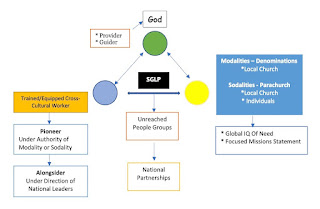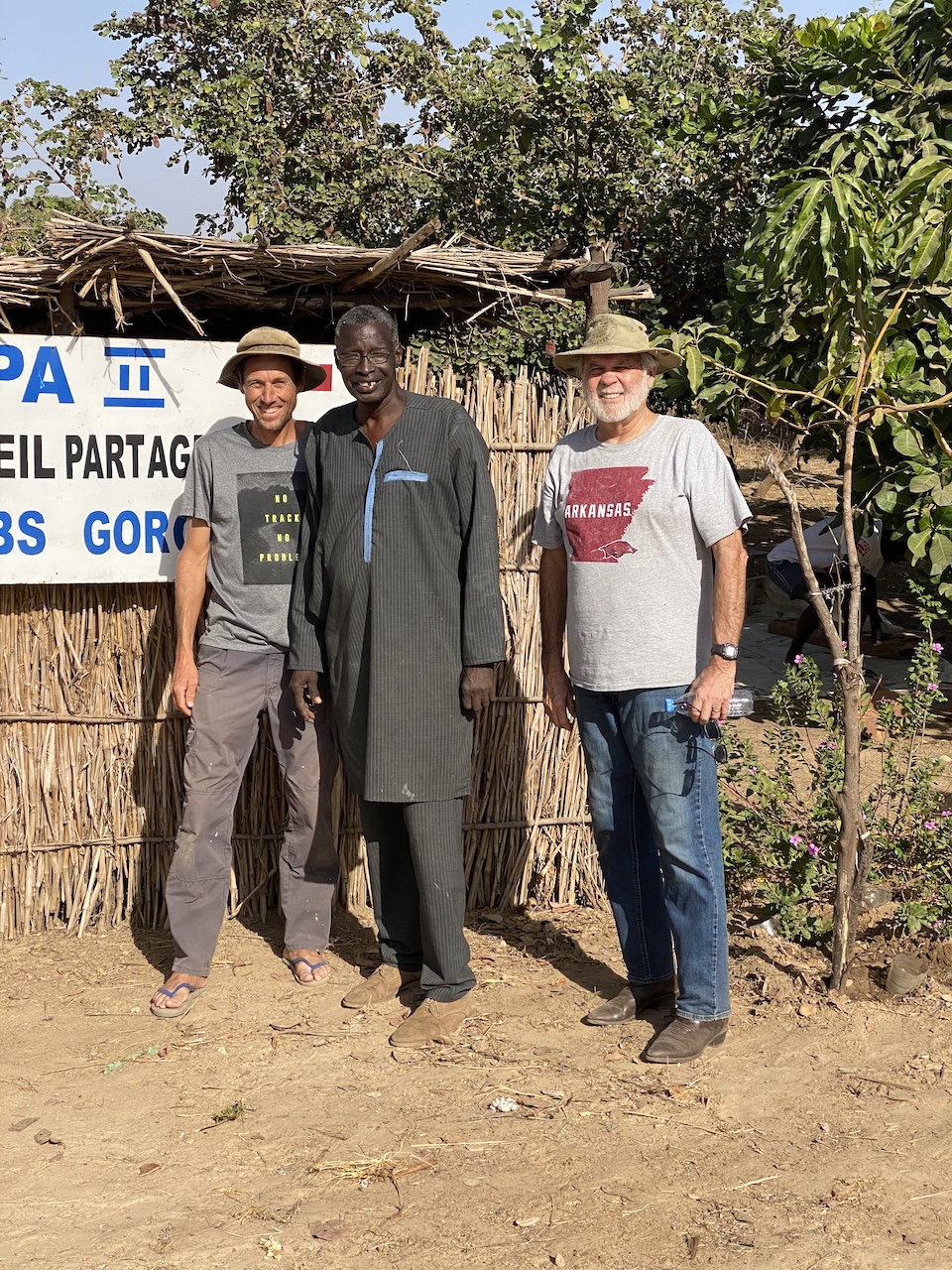When I began in missions fifty years ago, our core values were clear: first, to take the Gospel to those who had never heard it, and second, to establish and plant churches. Although these objectives are still often affirmed, mission drift has subtly led many organizations away from their original calling. What factors have contributed to this drift?
Missions Have Drifted from Frontier and Pioneer Ministry
I often find myself repeating the same sobering statistic: that less than 4% of the global mission force is focused on the 3.42 billion people—42% of the world’s population—who still have no access to the Gospel. The once-central value of going to the unreached and sending frontier missionaries has, in many places, faded into near nonexistence.
Missions Have Drifted from Church Planting to Popular Projects
Much of modern missions has shifted from the long-term, often unseen labor of church planting to more visible, short-term efforts. Like filling toys in a shoebox, the appeal of tangible projects—constructing buildings, leading short-term trips, or managing feeding programs—has too often supplanted the difficult and enduring work of evangelizing and discipling those resistant to the Gospel.
In his provocative book Toxic Charity: How Churches and Charities Hurt Those They Help, the author observes, “The money spent by one campus ministry to cover the costs of their Central American mission trip to repaint an orphanage would have been sufficient to hire two local painters, two new full-time teachers, and to purchase new uniforms for every student in the school.”
He continues, "Food in [every] society is a chronic poverty need, not a life-threatening one. And when we respond to a chronic need as thought it were a crisis, we can predict toxic results: dependency, deception, disempowerment."
Advocates of missionary projects argue that church planting and discipleship are enhanced by social programs. Constructing a church building can raise the congregation’s profile within the community and attract new attendees, while feeding programs for children can serve as a tangible expression of Christ’s love and a positive witness to unbelievers.
Both of these arguments have merit. However, every dollar spent on projects that might further the Gospel is one less dollar devoted to taking the Good News to the unreached. Moreover, such projects are rarely sustainable; once foreign funding ends, local congregations often cannot maintain them. Social projects may feel rewarding, but it’s questionable whether they truly deliver more “bang for the buck” in the Kingdom economy.
So What's The Answer For Missionary Drift?
As missionaries, we must continually return to our core calling. Have we drifted from the difficult task of evangelism, choosing instead the comfort of social programs or ministry among those already reached? Are we no longer going where the name of Christ has never been heard? Drift happens quietly, and unless we guard against it, we risk losing the very passion that once compelled us to do what seemed impossible.
For both cross-cultural workers and sending churches and agencies, we must discover new ways to reach the unreached. Instead of relying solely on traditional church-planting methods (“drilling”), perhaps it’s time to explore new strategies for penetrating resistant communities—what we might call missionary fracking.
In this sense, missionary fracking means moving beyond traditional “vertical” approaches and instead working horizontally—forming partnerships with national church planters and indigenous church-planting networks. Over the past five years, I have had the privilege of walking alongside such efforts, particularly among Muslim Background Believers and those emerging from animistic traditions. Finding these kinds of partners can be difficult, as many national leaders still depend on older models introduced by Western missionaries. Even so, this kind of national church-planting fracking may prove to be the key to reaching the most inaccessible and Gospel-resistant communities.
Our Lord Jesus warned the Laodiceans against drift, as being "lukewarm" (Rev. 3:15,16 Like the Laodiceans, we risk becoming “lukewarm” if we settle for ease and visibility over obedience and sacrifice. Yet the opportunities before us are vast. The fields are still white for harvest—may we not drift, but go boldly where Christ is yet unknown (Rom. 15:20).
















